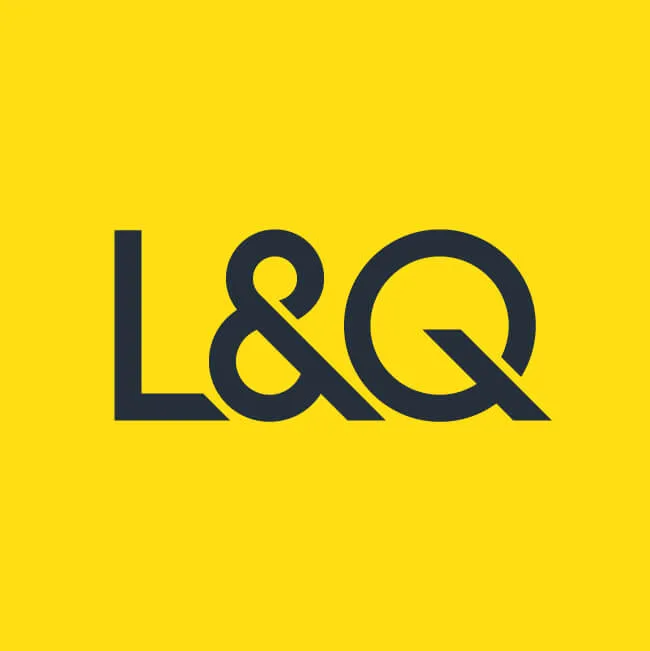Choosing a mortgage is one of the most important, but often most confusing parts of the home buying process. From fixed-rate to interest-only, tracker to discount, there’s tonnes of jargon surrounding the mortgage market.
It’s important to understand what each product means, so you can make an informed decision when buying a home.
To help demystify the process, we’ve partnered with mortgage expert Anthony Hall, New Business Director at Censeo Financial, to provide a beginner’s guide to mortgages, explaining the breadth of products on the market, and how you should go about picking the right one for you.
- What are the main types of mortgages?
Mortgages generally fall into two categories:
- Fixed rate mortgages – in which the interest you pay remains the same for a fixed number of years, typically between 2 to 5 years.
- Tracker mortgages – in which the interest rate varies, as determined by changes in the Bank of England base rate, so your monthly payments may change.
- How do I pick the right option for me?
You need to think about your attitude to risk. A fixed rate mortgage will give you security of knowing what you’re paying each month for a period of time. Meanwhile a variable interest rate may be cheaper today, but should interest rates rise then so will your monthly payment. You need to consider whether or not a lower rate today will remain better value, compared with the peace of mind of knowing your outgoings for a fixed period of time, even if these might be higher. Tracker mortgages are available with no early repayment charges so can be suitable for people who receive additional income such as commission or bonuses and want to pay lump sums of more than 10% of their mortgage off at any given time.
- Is the lowest monthly cost always best the product?
Not necessarily. For example, a tracker mortgage may initially look better value, however if the interest rates changes, then you could see your monthly payments increase. Moreover, a fixed rate mortgage may look good value on initial search, however should interest rates drop, you could end up paying more than if you went for a tracker mortgage. It’s also always worth looking at the small print too. Frequently lenders will advertise headline interest rates that appear extremely good value; however, often these deals make up the “undercut” interest rate through increased upfront fees or charges. Headline rates are typically available to people with 40% deposits so it is important to speak to an advisor who can advise on the best rates suitable to your circumstance.
- What about interest-only mortgages?
With an interest-only mortgage you are only paying off the interest on your loan, rather than paying back the loan itself. This means that later down the line at the end of mortgage term, you will have to pay off the loan in full.
- Is the mortgage process different for buying through Help to Buy or Shared Ownership?
Not hugely – there’s now a wide selection of mortgage providers who offer specialist products for Help to Buy and Shared Ownership. Through Shared Ownership, the portion of your home that you need a mortgage for is often smaller than if you were buying outright. Often this can help extend buyers’ budgets significantly. At Censeo, we are specialists in the first time buyer market, and work extensively with housing associations like L&Q to find purchasers the best product to suit them.
Find out more about the Shared Ownership buying process or if you have further questions, look at the Shared Ownership FAQs

